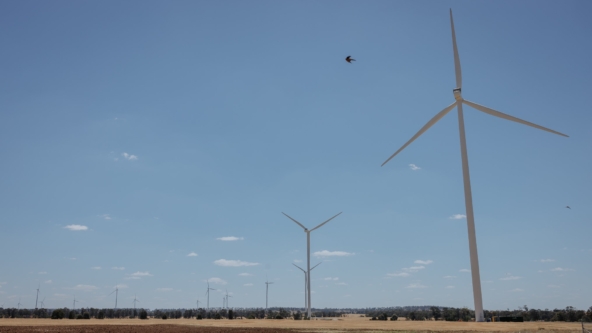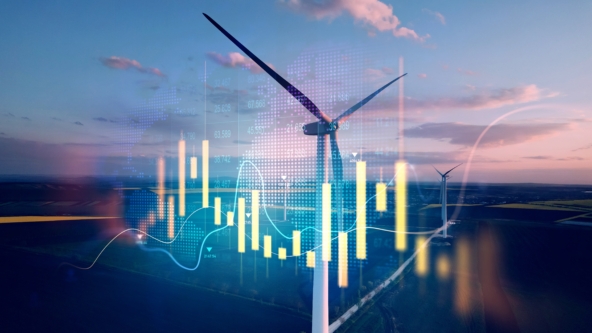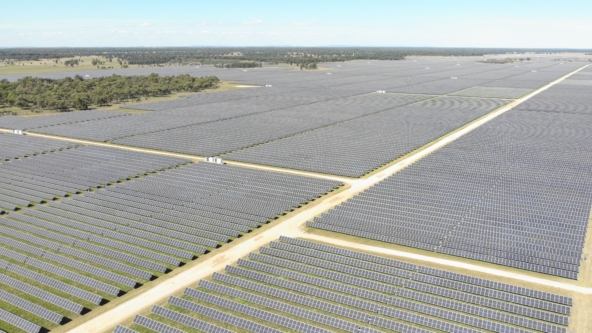Australian Energy Market Operator releases the draft 2024 Integrated System Plan accelerating the demise of coal
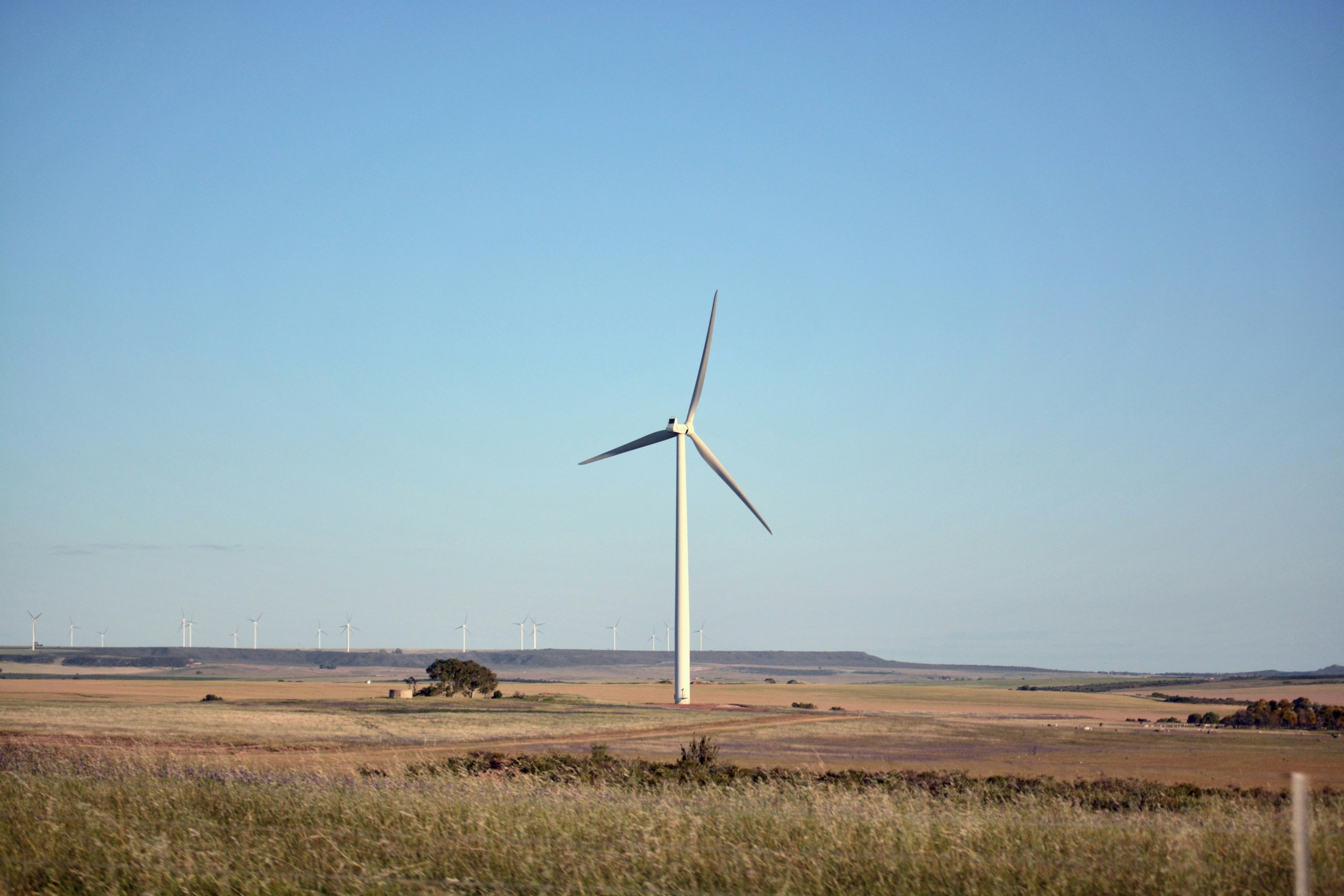
In mid-December 2023, the Australian Energy Market Operator (AEMO) released the draft of its 2024 Integrated System Plan (ISP). Considered by many to be the most important planning document in the transition of the National Electricity Market (NEM), the biannual plan sets out the system operator’s optimal view of new capacity and transmission to 2050. The 2024 draft update forecasts an even faster retirement of coal, with 90% of coal capacity retired by 2035, and the latest coal retirement by 2038 compared to 2043 in the 2022 plan. Gas continues to play an important but diminishing role, with utility and consumer storage making up the vast majority of dispatchable generation. Since the plan’s inception in 2018, the deployment of renewables, battery storage and transmission has increased in speed and capacity, as recognition of the need for fast decarbonisation in the electricity sector increases. The draft 2024 report is open for industry feedback until February, with the final 2024 ISP published by the end of June.
GenCost 2024 draft confirms wind and solar lowest cost option for Australia
The Commonwealth Scientific and Industrial Research Organisation (CSIRO) released its draft 2024 GenCost report, which in conjunction with AEMO comprises the peak scientific body’s annual analysis of the cost of future electricity generation in Australia. After considerable engagement on the findings of the 2023 report, most importantly the CSIRO updated its 2024 methodology to include pre-2030 integration costs of renewables – easing concerns that the 2023 report underestimated the costs of the renewable transition. Even with considering the additional costs of transmission and storage required to support renewables, the 2024 draft continues to confirm that electricity generated by onshore wind and solar remains the cheapest option in Australia. Positively for investment in renewables, the report also found that the impacts of inflation on material inputs and supply chains are easing for new builds.
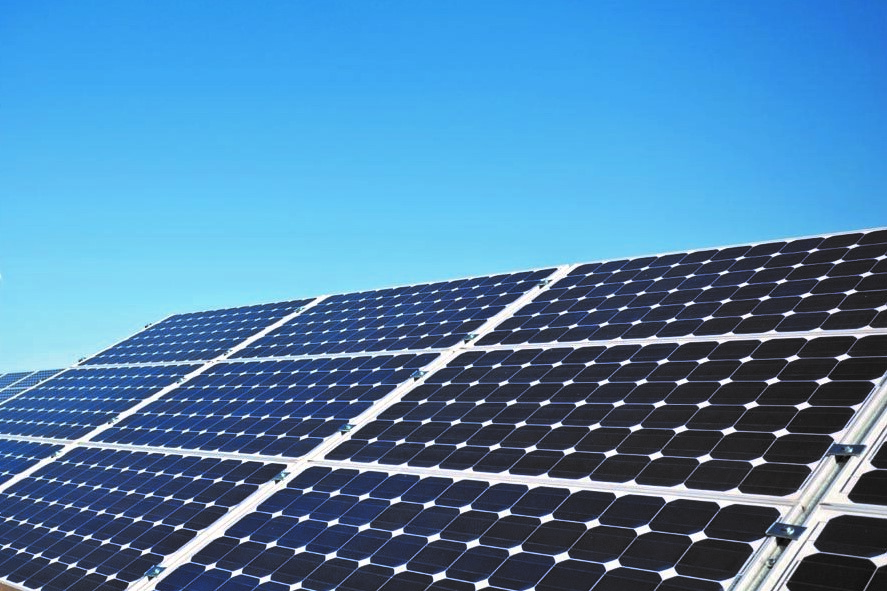
Muted El Nino results in lower than expected volatility over December and the new year
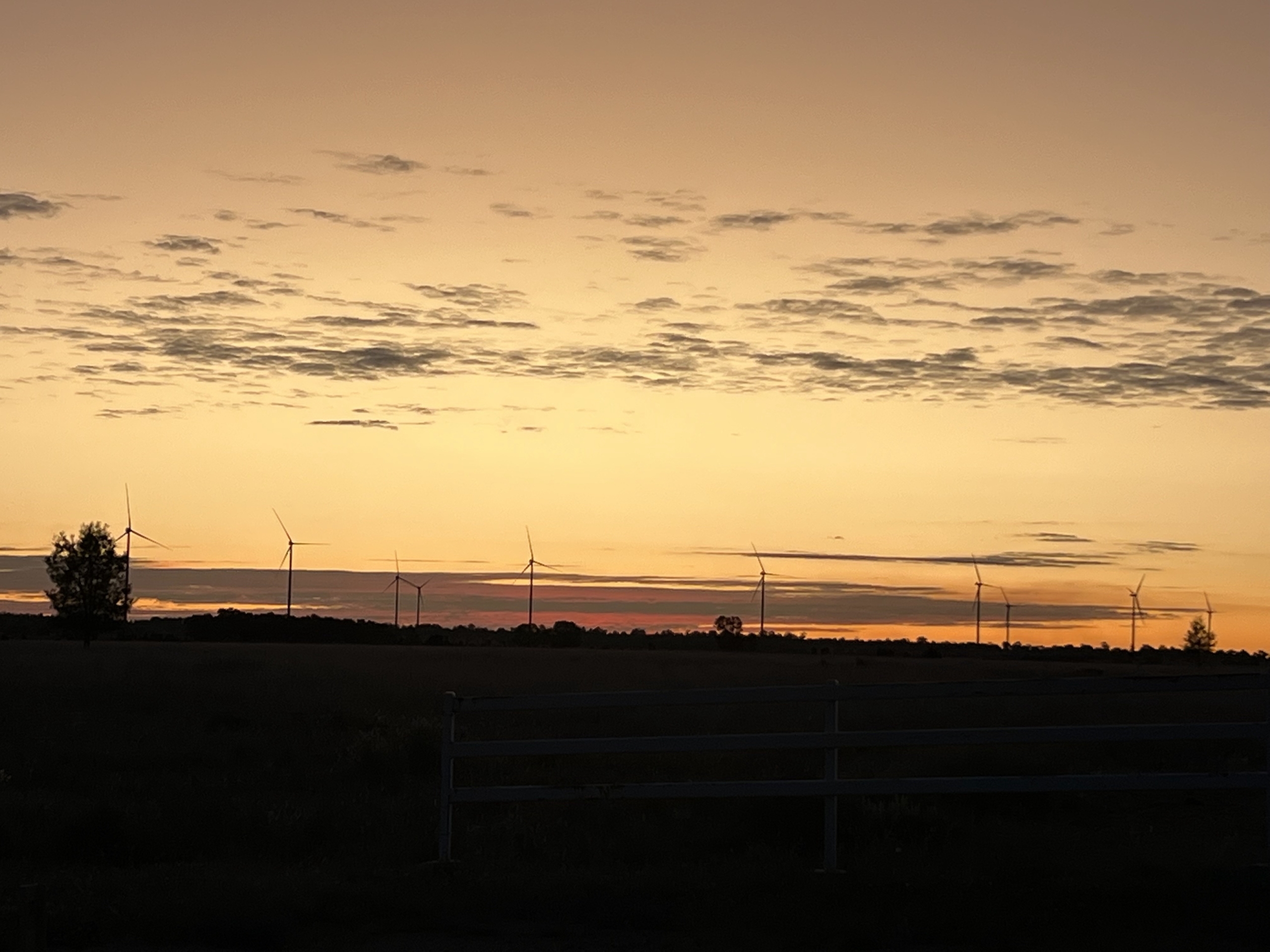
With just over a month of summer remaining, the market’s concerns over an extremely volatile El Nino driven period across the NEM are yet to materialise. Prices remained in check through December and the start of 2024, outside of a heatwave to end the year in Queensland that pushed the region’s electricity demand to the highest levels ever seen. Aside from this, the system responded well to times of high demand, with renewables and battery storage supporting the traditional thermal generation to provide adequate supply, avoiding the prolonged high pricing events that were expected. Rystad Energy have reported an additional 4.1GW of new generation capacity to commission and 7.5GW to start construction in 2024, crucial new supply to support the expected coal retirements through the 2020s.
Zenith Investment Partners assigns ‘Recommended’ ratings to Octopus Australia funds

Did you know?
In 2023, 39% of electricity from the National Electricity Market was generated from renewable energy sources.
